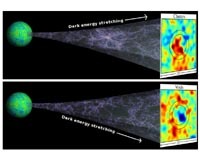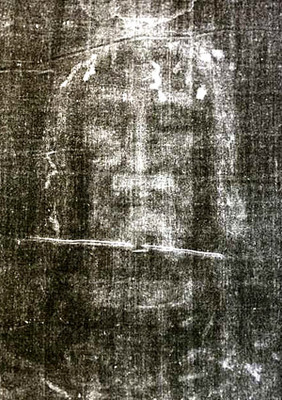A team of astronomers at the University of Hawaii Institute for Astronomy (IfA) led by Dr. Istvan Szapudi has found direct evidence for the existence of "dark energy." Dark energy works against the tendency of gravity to pull galaxies together and so causes the universe's expansion to speed up.

|
| ©B. Granett, M. Neyrinck, I. Szapudi
|
| The UH team compared directions in the sky where they found superclusters (red circles) and supervoids (blue circles) with the strength of the Cosmic Microwave Background. Superclusters are more likely to coincide with directions where microwaves are unusually strong (red or orange coloring) and supervoids with directions where the microwaves are unusually weak (blue coloring).
|
The nature of dark energy (what precisely it is, and why it exists) is one of the biggest puzzles of modern science.
This is arguably the clearest detection to date of dark energy's stretching effect on vast cosmic structures: there is only a one in 200,000 chance that the detection would occur by chance.

Comment: Have a look at the following marketing presentation by Image Metrics - to fully appreciate the implications of the above article.